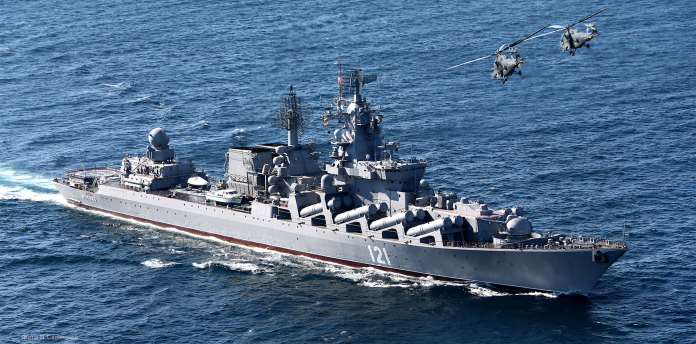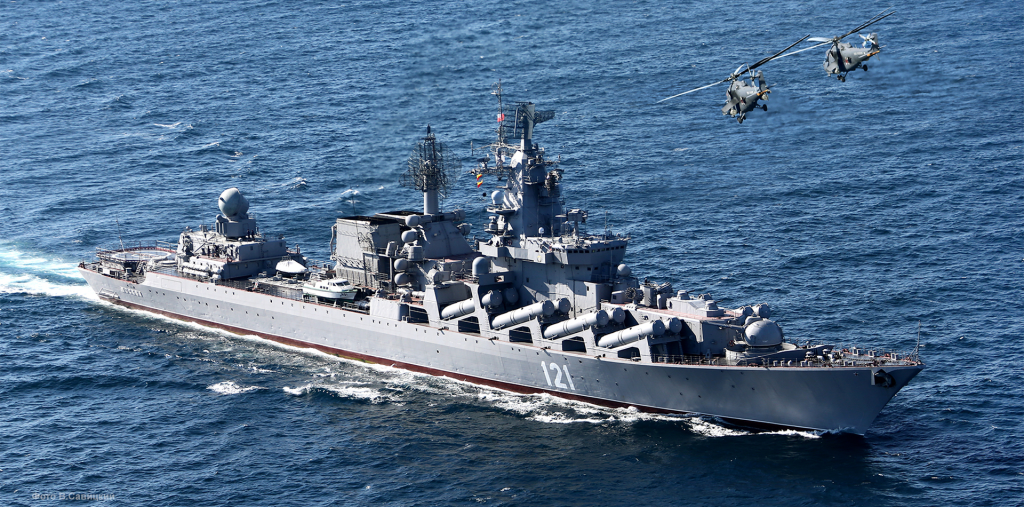
It started as a burst on grainy black and white video a Ukrainian drone crashing into the bridge of an unusual Russian warship. In the instant, an asset of tens of millions was taken out of commission, and a new chapter in the conflict in the Black Sea had been written. It was not a mere skirmish; it was a deliberate attack on a ship whose loss could cause effects to spread throughout Russia’s sea activities.
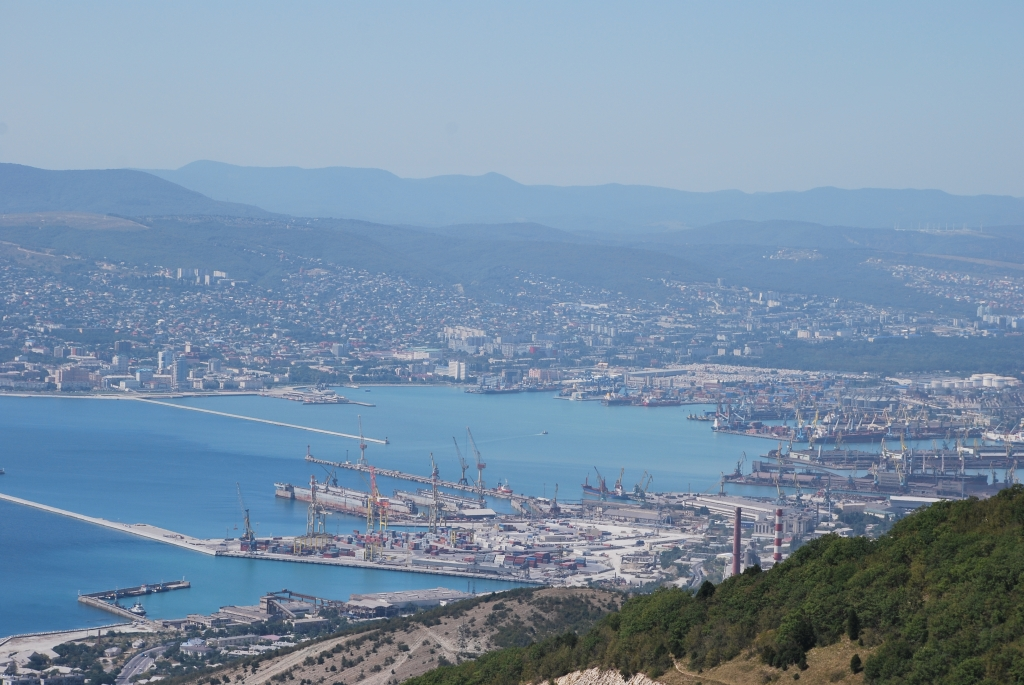
The September 2025 ambush of a Project MPSV07-class multifunctional salvage vessel off Novorossiysk was a tactical victory beyond measure. It highlighted Ukraine’s increasing expertise in precision naval attacks, its developing drone-based posture, and the vulnerability of specialized naval vessels. For military observers, the mission provides insight into how asymmetric tactics are revolutionizing naval warfare and why even non-combatant supply ships can be strategic targets.
Following are seven of the most important lessons from this operation, based on official pronouncements, open-source collection, and the general environment of Ukraine’s Black Sea campaign.
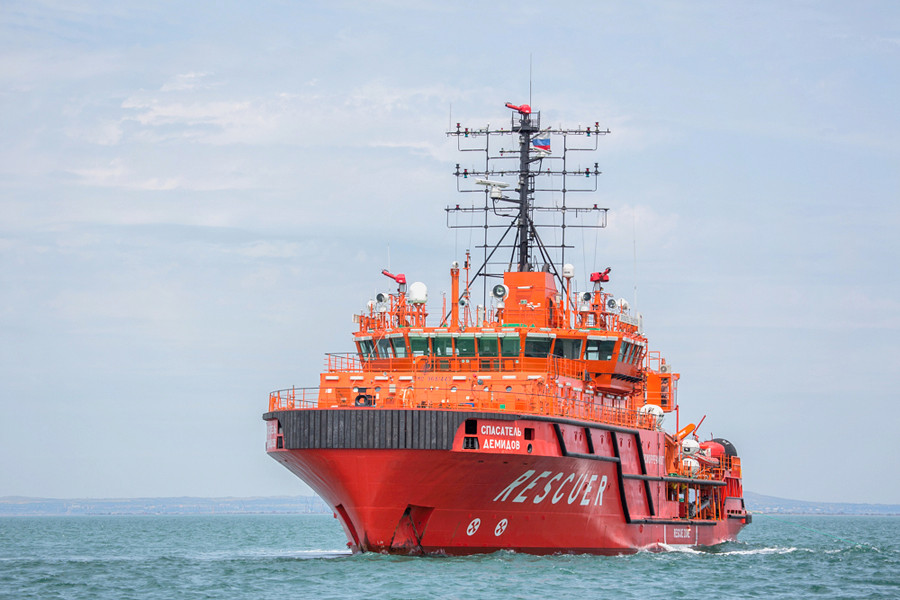
1. A Rare and Expensive Target
The ship hit was a Project MPSV07-class multipurpose salvage vessel, a class Russia has in very few numbers four or five at most, conflicting sources say. Worth about $60 million and commissioned in 2015, it featured diving complexes, remotely operated vehicles, side-scan sonar, and electronic reconnaissance equipment. Its ice-reinforced hull and dynamic positioning gear enabled operation from the Arctic to the Black Sea.
These ships do not engage as frontline combatants, but their work is essential. They salvage damaged vessels, perform underwater repairs, and recover sensitive technology from the ocean floor. Taking one out, even temporarily, deprives the fleet of an essential support element and makes recovery of other assets under attack more difficult.

2. Precision Strike on the Bridge
Ukraine’s Defense Intelligence (HUR) reported that the locally manufactured drone hit the ship’s bridge the hub for navigation, communications, and electronic intelligence gathering. The agency continued, “As a result of the strike, the Russian ship’s electronic intelligence systems were destroyed, and the ship was disabled and sent for expensive repairs.”
Target selection was not random. When the bridge was targeted, operators would be able to take out the ship’s command and control in one strike, achieving maximum operational disruption without having to sink the ship.
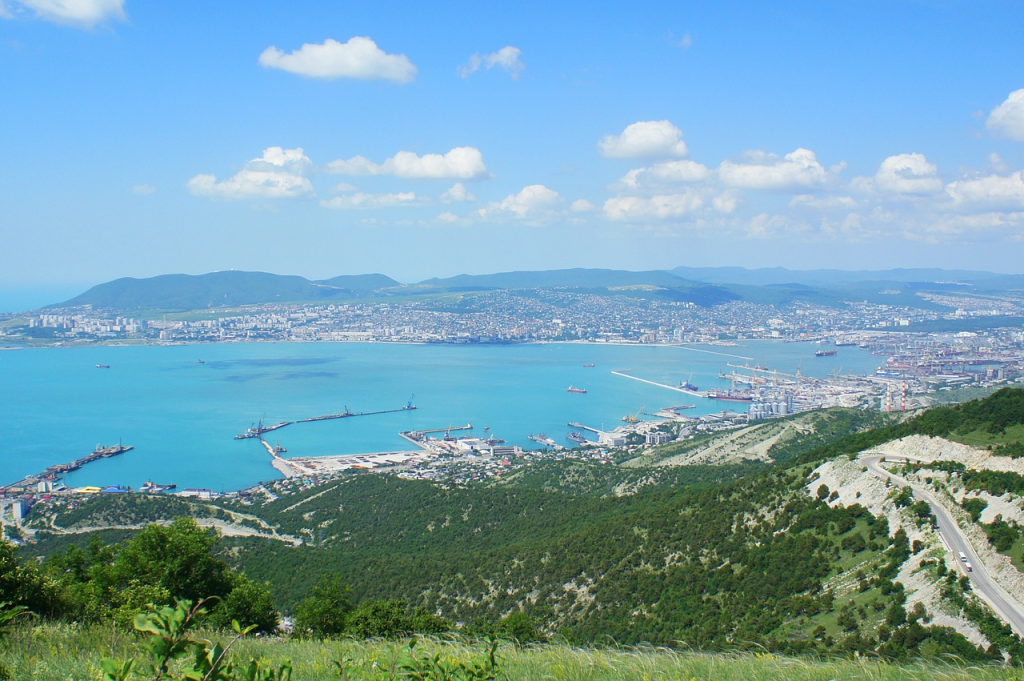
3. Strategic Location: Novorossiysk Bay
The vessel was patrolling entry points into Novorossiysk Bay in Russia’s Krasnodar Krai, a new main home port for the Black Sea Fleet following the partial withdrawal from Sevastopol. It has been a central target of Ukrainian raids, with ships there presumed to be safer to attack.
By reaching Novorossiysk, Ukrainian troops exhibited the reach and accuracy of their strike forces a message that no east Black Sea port is out of their reach.
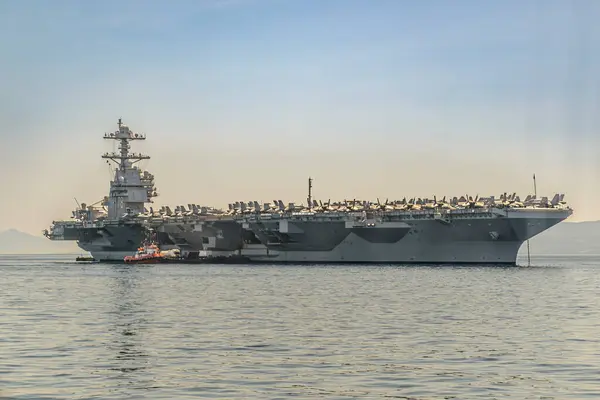
4. Effect on Russian Naval Operations
Salvage vessels such as the MPSV07 are force multipliers. Their lack can slow down the salvage of wrecked warships, raise the threat of losing ships that could otherwise be salvaged, and lower the operational confidence of the fleet. As has been argued by analysts, with so few of them in service, the loss of even a single vessel constrains Russia’s capability to maintain operations in disputed waters.
This limitation is exacerbated by Ukraine’s wider campaign, which has already destroyed or put out of action up to a third of the Black Sea Fleet since 2022.
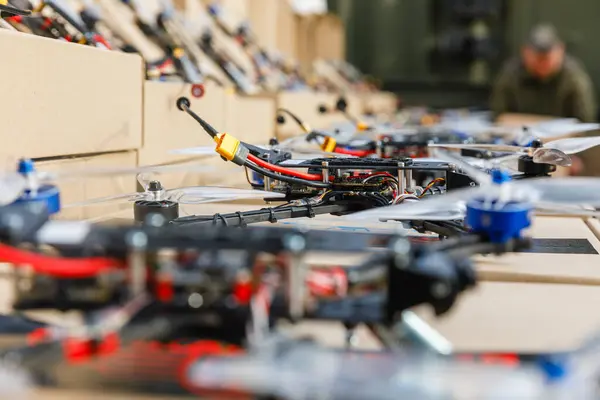
5. A Broader Context of Drone Warfare
The attack falls within Ukraine’s changing doctrine of combining uncrewed surface vehicles (USVs), air drones, and precision missiles in concerted attacks. Since 2023, Ukraine has developed tactics like multi-wave attacks, propulsion-disabling first strikes, and subsequent attacks on structural vulnerabilities.
These tactics have sunk or destroyed high-value targets, ranging from the missile corvette Ivanovets to the landing ship Caesar Kunikov. The MPSV07 attack demonstrates that support ships are now squarely within target set.
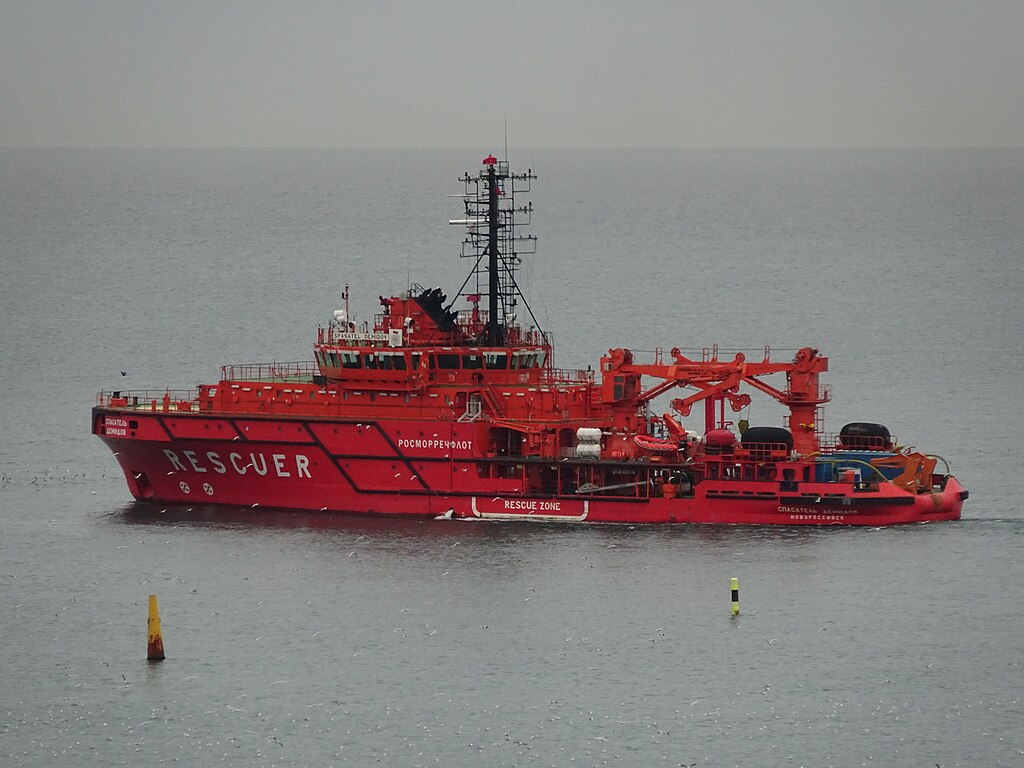
6. Verification Challenges and Open-Source Clues
While Ukrainian intelligence published video of the attack, independent media such as the Kyiv Independent reported that they could not confirm all reports, including the precise identity of the ship. Open-source tracking identified potential candidates like the Spasatel Demidov or Spasatel Ilyin, but position data were incomplete.
This lack of certainty is representative of the fog of naval war, where each side controls information tightly and verification comes down to piecemeal satellite imagery and ship registry information.

7. Signaling and Psychological Impacts
In addition to physical damage, the attack sends a message: advanced Russian assets, even in so-called safe ports, are not secure. This demoralizes Russia and compels expensive reorders of defensive assets.
It also confirms Ukraine’s story of technological sophistication and operational depth and supports international views of its capacity to challenge the Black Sea without a conventional navy.
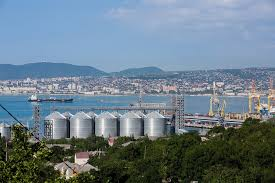
The disabling of a rare Russian salvage vessel in Novorossiysk Bay demonstrates how Ukraine’s naval campaign has stretched from attacking warships to attacking the infrastructure that supports them. By coupling precision targeting, long-range capabilities, and an appreciation of the enemy’s logistical vulnerabilities, Ukraine is redefining the risk equation for Russian naval planners. The lesson for all who observe is clear: in contemporary sea warfare, the loss of a single specialized ship can have echoes extending far beyond the immediate battlefield.
